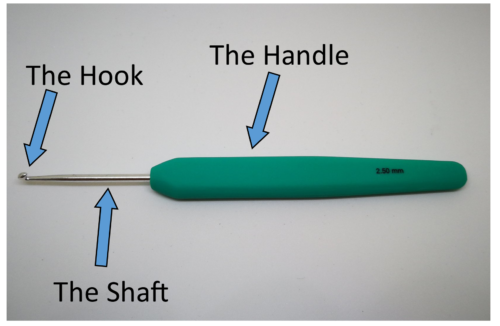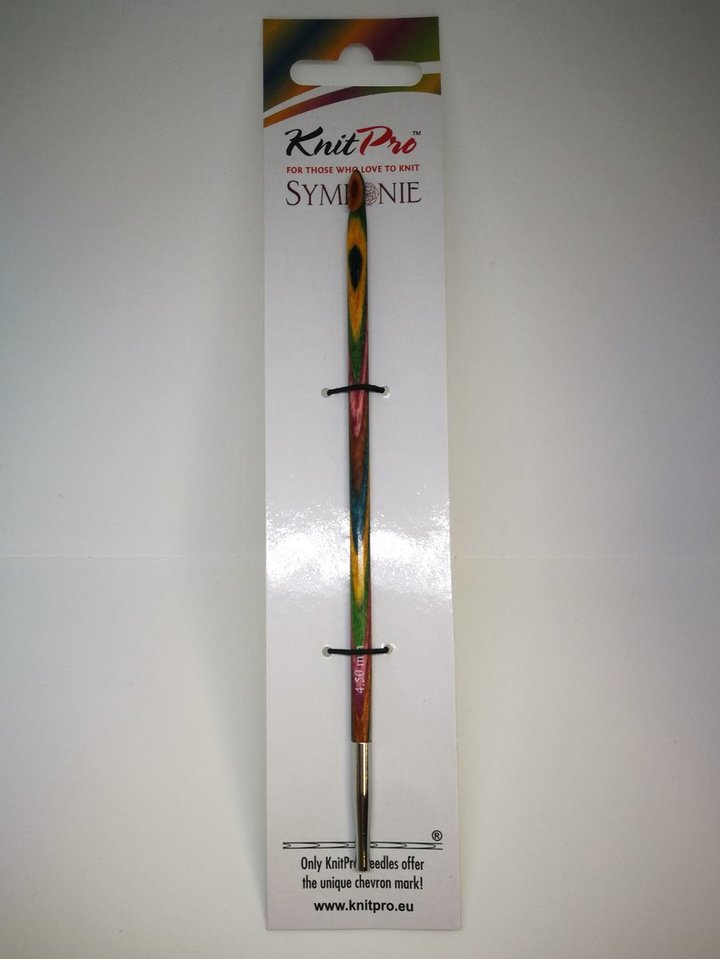-
Crochet Hooks
KnitPro Interchangeable Tunisian Crochet Hook
£5.60 – £6.90 Select options This product has multiple variants. The options may be chosen on the product page -
Crochet Hooks
KnitPro Waves Crochet Hook
£2.40 – £3.35 Select options This product has multiple variants. The options may be chosen on the product page



